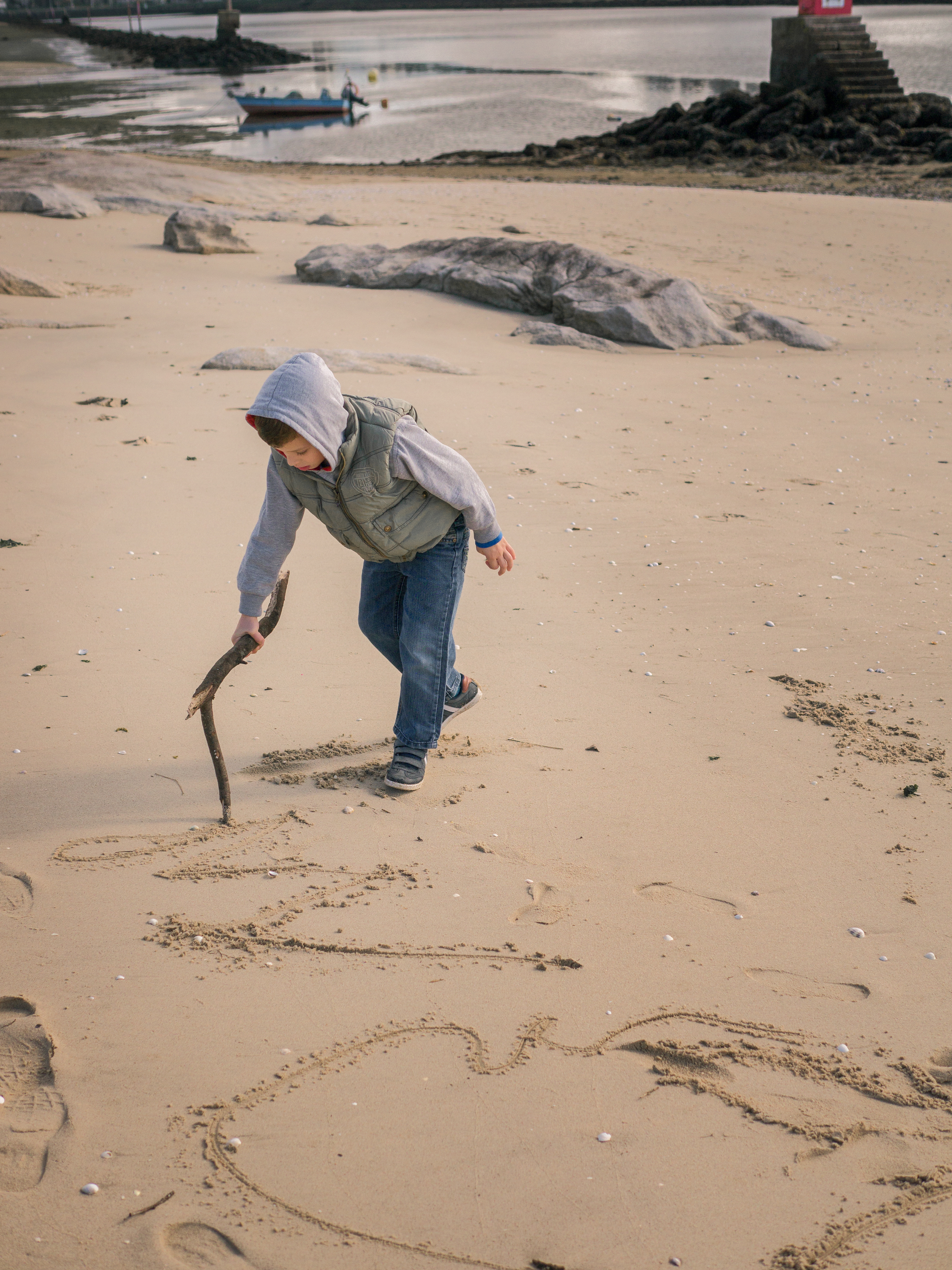From signals to safety: Can you navigate the unknown?
Learn lifesaving skills and master the art of emergency communication in the 'Signal and Survival' activity! Through hands-on challenges like Morse code, tracking signals, and survival planning, Scouts will build teamwork and resilience while discovering what it takes to stay safe in critical situations.
Before you begin
- Don’t forget to make sure all young people and adults involved in the activity know how to take part safely.
- This activity is split into four bases - it’s best to set them up before everyone arrives
- Ground to air
- Morse code
- Tracking signals
- Rule of three
What you will need
- Torch or phone
- Pens or pencils
- Scrap paper
- Small mirrors
Get organised
- The Leader should explain that preparing for an emergency situation before you set off on an expedition will help if there’s a crisis such as becoming lost, injured, or stranded.
- These situations can quickly become life threatening, especially in extreme weather conditions. Being able to signal for help in your Unit, and being able to ask for outside assistance, are vital skills as they make a rescue much more likely.
- Everyone should split into four Patrols.
- If the Patrols are too big, you may want to split into eight Patrols and set up two of each base to run side by side.
- Each Patrol should go to a different base. They should get stuck into the activity there.
- After 10 to 15 minutes, the Leader should make a signal. Everyone should move to the next base and give it a go.
- Change bases every 10 - 15 minutes until everyone has completed all four bases.
- Come back together and reflect.

Ground to air
- Explain that the ground to air symbols and body signals are internationally recognised symbols for communicating with emergency air crews, so they’re useful to know if you’ll be walking or climbing in remote areas.
- Show everyone the symbols and signals. They should explain that the symbols should be marked out on the ground as big as possible, so they can be seen from the air.
- The recommended size is three metres wide by ten metres long (with about three metres between symbols).
- Think about the different things you could use to make the symbols. In a survival situation, they could use rocks, logs, backpacks, or groundsheets – or even dig grooves in the ground. Anything that stands out from the ground works.
- In real life, it’s important to think about the size of the materials you’re using. Small rocks or sticks could get blown around by a helicopter and hurt people.
- Split into two Patrols. Both Patrols should choose a message they’d like to send to the other Patrol.
- One Patrol should make their message using the ground to air symbols. They should use whatever’s available to make the symbol, whether they’re outdoors with access to sticks, leaves, and rocks, or indoors with access to jumpers, bags, or paper.
- At the same time, the other Patrol should practise the body signals they’ll use.
- If this doesn’t take as long, they could spend some time thinking about their scenario. Where are they? Why do they need help?
- The Patrols should take it in turns to show each other their signals. Does the other Patrol know what they mean?
- The Patrol should swap methods and repeat steps four to seven so everyone gets to practise their ground to air symbols and body signals.
Morse code
- Explain that on a sunny day, reflective surfaces can be used to attract attention. They can be used to reflect the sunlight towards rescue aircraft.
- Mirrors reflect the sunlight well, but you could also use other objects such as a piece of tin foil, a foil emergency blanket, a metallic water bottle, or reflective clothing like belt buckles.
- Explain that at night, a torch can be used to signal. It’s important that people make sure they have fully charged batteries before they head out on an expedition. Some people have wind-up torches so they don’t have to worry about the batteries running out.
- Split into two Patrols. Each Patrol should have a copy of the ‘Morse code information’ sheet. One Patrol should have a torch or mirror, and the other should have a pen or pencil and a piece of paper.
- The Patrol with the mirror or torch should choose a short message to send to the other Patrol. They should send it using light and Morse code.
- If you’re using mirrors, be careful not to reflect the light into anyone’s eyes. A different reflective surface will work with weaker reflections – this may be safer.
- The other Patrol should write down the message and use their sheet to help them decode it.
- Once the Patrols successfully receive the message, the Patrol should swap roles so everyone has a turn at sending and decoding a message.
Tracking signals
- Explain that tracking signals are useful if people need to move location or head out to get help.
- Everyone should split into two Patrols.
- One Patrol should plot a short route in the meeting space. They should wait out of sight at the end of their route.
- The Patrol can use whatever they can find to make the signals – natural items like twigs and rocks and everyday items like pens and coins all work well.
- Once they’ve finished, the second Patrol should follow the marked route to find the first Patrol.
- The first Patrol should tidy up their route, and the Patrol should swap so everyone has a turn at setting and following a route.
Ground to air
- Explain that the rule of three is a really helpful thing to remember in a survival situation, especially if people are likely to be in the situation for a while before they’re rescued.
- Read out the rule of three: A person can survive: Three minutes without oxygen, Three hours without shelter from extreme weather, Three days without water, and Three weeks without food.
- It’s worth emphasising that this is about survival – a person would be very unwell if they’d had to survive without water or food for this long.
- Work together to choose a pretend survival situation. Think about how many people there are, where they are, how far they are from rescue, any illnesses or injuries in the Patrol, and what supplies the Patrol has with them.
- Come up with a plan to keep safe in the survival situation. Use the rule of three to help decide what to prioritise and think about who might be best at different tasks.
- People will probably disagree on some things and have different ideas. It’s important that everyone gets a say and is listened to – come up with a plan as a Group, rather than ignoring anyone.
Change the challenge level
The people leading the bases could add different scenarios and situations to the bases; people will have to think on their feet to decide how to adapt their plans. This works especially well at the ‘Rule of three’ base.
Teach morse code to the Group before beginning the activity.
Increase the challenge
- Anyone who finds the activities simple can challenge themselves to go the extra mile – they could send a more complex message or set a more difficult route.
Reflection
Some of the bases in this activity needed people to try, try again. Did any of the bases make people feel frustrated? Perhaps people didn’t recognise their ground to air symbols, or they found it hard to understand the other Patrol’s Morse code.
Did people feel like giving up, or was it easy to stick at it? People are used to sophisticated, modern ways of communicating, so going back to something simple and different can feel difficult.
In a survival situation, refusing to let setbacks get in the way could be the difference between life and death. When might people need to get back up and try again in a survival situation? What might help them to do this?




